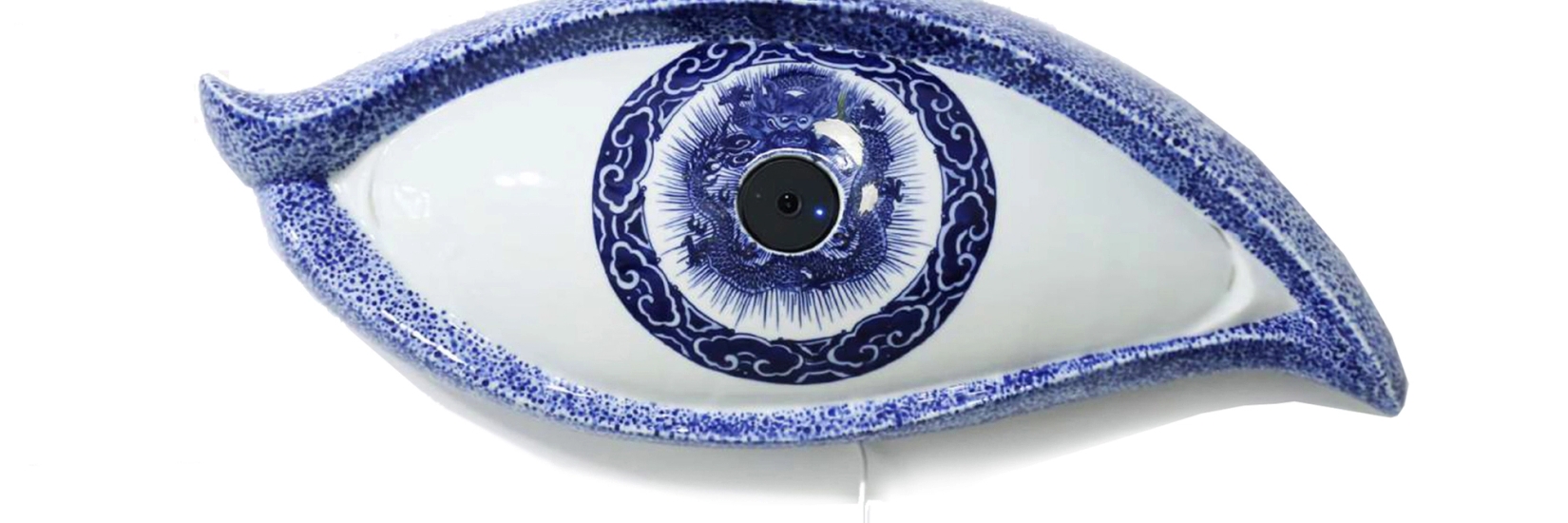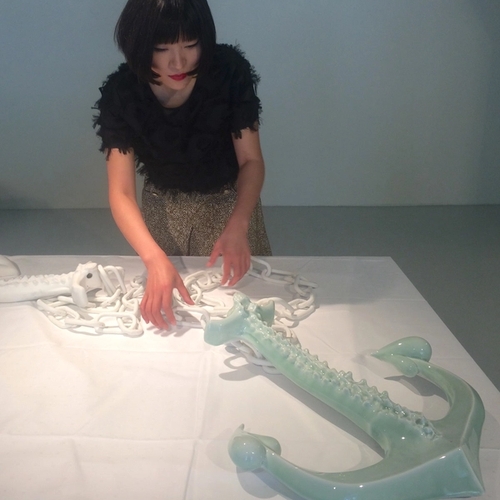

Lin Wang
Keramikk / Leire
E-post
dalinwang66@gmail.com
Telefon
45173383
Sted
Oslo
Lin Wang is a visual artist, who primarily works with porcelain installation, and performance involved different media. Her interdisciplinary practice explores focuses on how art can use innovative angles and platforms to penetrate into contemporary personal and social spheres in a simple manner. Lin Wang currently based in Bergen, Norway.
2019
Exotic Dreams and Poetic Misunderstanding project -The silk Roads (upcoming)
Solo exhibition at Kunsthall Grenland, opening April 5th, 2019. The project also includes a residency and production period in Porsgrunn this fall of 2018, in collaboration with Porsgrunds Porselænsfa…
2018
Exotic Dreams and Poetic Misunderstanding - Performance Dinner
Exotic Dreams and Poetic Misunderstandings - Performance Dinner aims to create a platform for communication where new and old social issues can be brought up in a courteous yet effective manner. The p…
2017
I Never Saw the East Coast Until I Moved to the West ( porcelain Installation and performance)
Photos documented from the opening of Høstutstillingen
2016
Exotic Dreams and Poetic Misunderstanding
Exotic Dreams and Poetic Misunderstanding project that combines my experience in making experimental porcelain sculptures, and the vision of communicating past and present Westen seafaring cultures an…